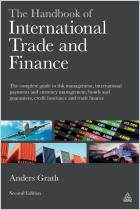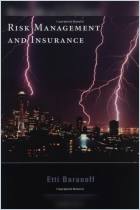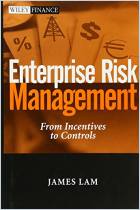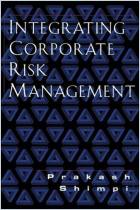Melden Sie sich bei getAbstract an, um die Zusammenfassung zu erhalten.

Melden Sie sich bei getAbstract an, um die Zusammenfassung zu erhalten.
Miran Jus
Credit Insurance
Academic Press, 2013
Was ist drin?
Learn what the essentials of credit insurance are, why you need it and what value it can add to your business.
Recommendation
Trade finance expert Miran Jus provides readers with a good understanding of the fundamentals of credit insurance and explains its significance to modern commerce. Greater competition and technological advancement have made credit insurance a cost-effective, dynamic and increasingly essential tool for handling trade risk. Jus outlines how credit insurance has evolved to its current standing as a widely used risk management tool that also offers companies a large array of important auxiliary services. Although this compact text lacks the structure to be a quick or easy reference guide, it certainly contains the bulk of the information executives would need to make informed decisions on how to protect their short-term trade receivables. This concise but thorough text will serve risk management professionals and managers whose global or domestic businesses involve trade on credit.
Summary
About the Author
Miran Jus is an executive director of Korona Power Engineering and an assistant professor of finance at the University of Ljubljana.





















Comment on this summary